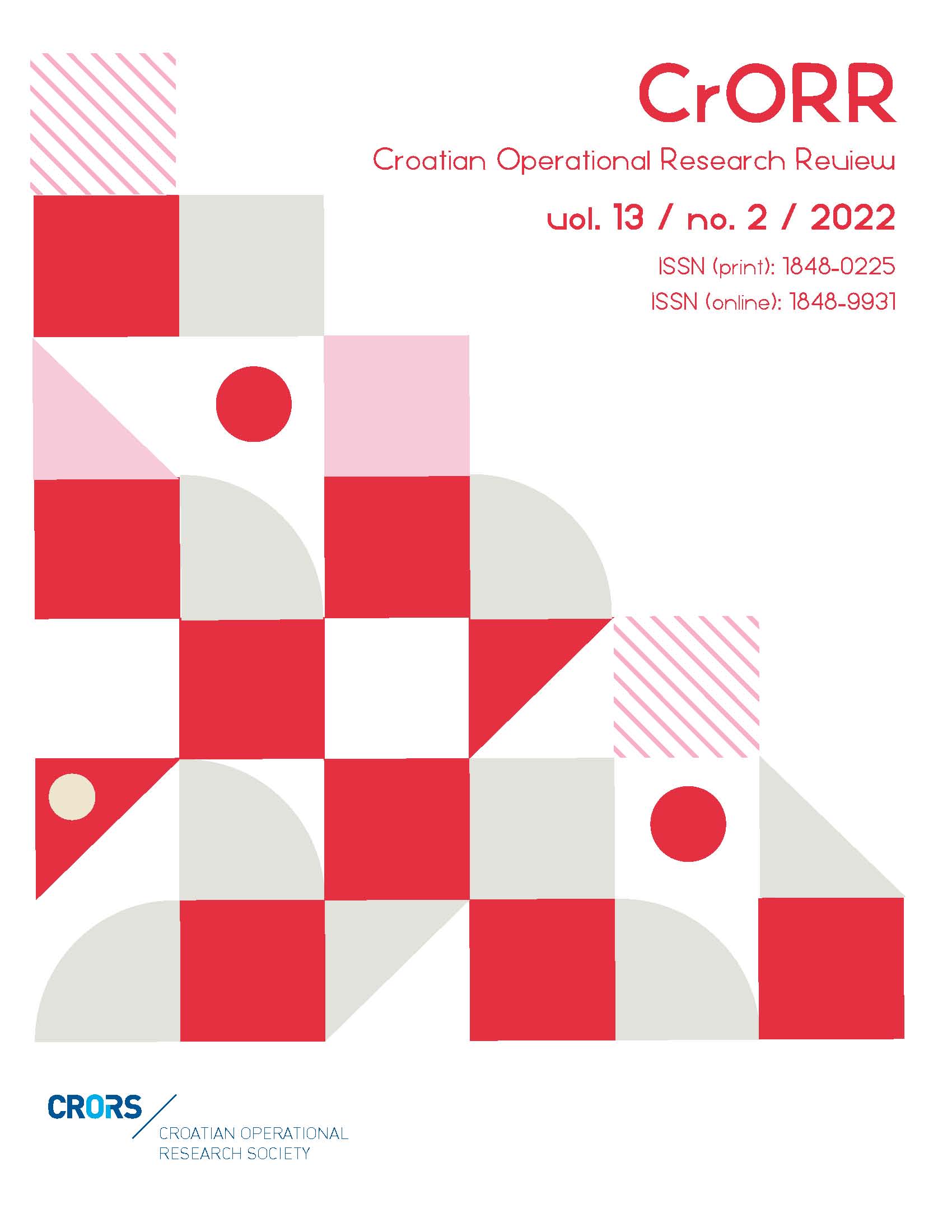The independent component analysis with the linear regression – predicting the energy costs of the public sector buildings in Croatia
Abstract
In the European Union, the public sector buildings are considered significant energy consumers and are, thus, the subject of several directives that aim to ensure the renovation of existing and the construction of new buildings as nearly zero-energy buildings. Therefore, as part of the decision making, it is necessary to properly plan the renovation or construction. This research provides models for predicting the energy costs of the public sector buildings, which are dependent upon its characteristics (i. e., constructional, occupational, energy, etc.). For this purpose, a real data set of Croatian public buildings was used, which included 150 variables and 1724 observations. Since the data set consisted of a large number of variables, the motivation for the dimensionality reduction was addressed first. Then, the independent component analysis, the principal component analysis, and the factor analysis were performed as the dimensionality reduction methods for variable extraction. The results of these analyses were used as inputs for modelling the energy costs of the public sector buildings. The obtained models were compared to the model built on original variables. The obtained models show the application potential in decision making for building renovation and construction in the public sector of Croatia, whereas the best performance of prediction in terms of RMSE and SMAPE was achieved by the model that integrated the independent component analysis with the linear regression.
Downloads
Published
Issue
Section
License
- Authors retain copyright and grant the journal right of first publication with the work simultaneously licensed under a Creative Commons Attribution License that allows others to share the work with an acknowledgement of the work's authorship and initial publication in this journal
- Authors are able to enter into separate, additional contractual arrangements for the non-exclusive distribution of the journal's published version of the work (e.g., post it to an institutional repository or publish it in a book), with an acknowledgement of its initial publication in this journal.
- Authors are permitted and encouraged to post their work online (e.g., in institutional repositories or on their website) prior to and during the submission process, as it can lead to productive exchanges, as well as earlier and greater citation of published work (See The Effect of Open Access).


